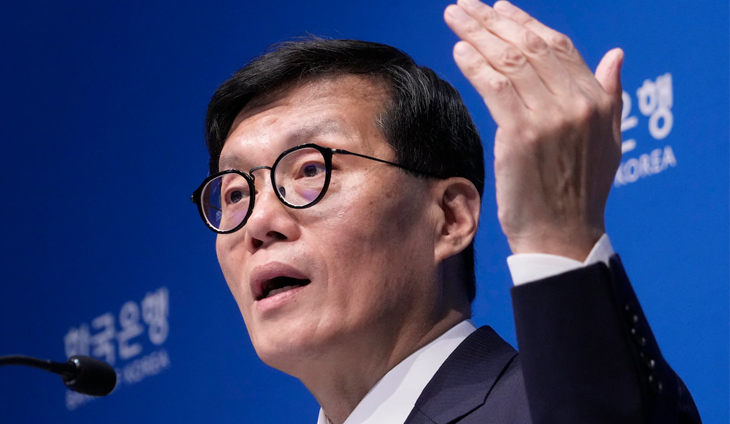South Korea’s Central Bank Cuts Interest Rates for First Time in Over Four Years
On Friday, South Korea’s central bank took a significant step by cutting its policy rate for the first time in more than four years. The decision by the Bank of Korea (BOK) to lower its key interest rate by a quarter percentage point to 3.25% aims to boost the economy, which has been sluggish in recent months, while also addressing rising concerns about household debt.
The Rate Cut and Its Context
This marks the first reduction in borrowing costs since May 2020, a period when South Korea, like the rest of the world, was reeling from the economic impact of the COVID-19 pandemic. The BOK’s previous rate hike occurred in August 2021, primarily driven by concerns about inflation and a rapid increase in household debt, largely spurred by soaring house prices. Since that time, rates had remained steady for over three years.
For more details on South Korea’s previous policy shifts, see the Bank of Korea’s official policy updates.
Economic Slowdown and Household Debt
In its latest statement, the BOK acknowledged the slow recovery in domestic demand, which has hampered economic growth. The bank also noted that inflation appears to be stabilizing, and household debt growth is gradually slowing, attributed to the cooling of the housing market, particularly in the greater Seoul area.
Despite these signs of stabilization, the BOK highlighted ongoing challenges, including geopolitical risks such as the growing crisis in the Middle East, which could put upward pressure on fuel prices, affect exchange rates, and impact public utility costs.
Future Economic Outlook
Looking ahead, the Bank of Korea emphasized that South Korea’s future economic performance will depend heavily on the recovery of domestic demand, conditions in global markets, and trends in information technology exports, a key driver of the country’s economy. The BOK’s cautious approach suggests that it is carefully monitoring both global risks and domestic financial stability.
The bank also updated its economic growth forecast, reducing its projection for South Korea’s growth in 2024 to 2.4%, down from 2.6% in 2023.
Risks and Precautions
One of the critical areas of focus for the BOK is the potential impact of the rate reduction on household debt. While the rate cut is expected to help stimulate demand and ease the economic slowdown, the bank has cautioned that it will closely monitor the risks associated with an increase in household borrowing. The BOK stressed that, despite the rate cut, strong macroprudential policies designed to maintain financial stability will remain in place to curb further increases in debt levels and ensure the stability of the financial system.
Conclusion
South Korea’s central bank’s decision to lower interest rates comes at a critical time, as the country faces both domestic challenges and external uncertainties. The decision reflects the BOK’s commitment to balancing economic growth with financial stability, as it adapts to a changing global landscape.
For further information on the Bank of Korea’s economic outlook and policies, visit their official website.
Related News:
















